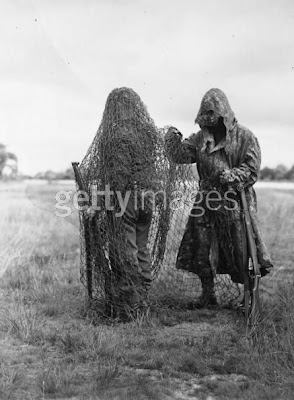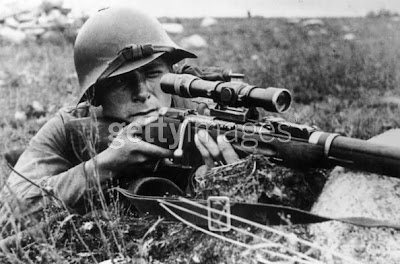The "HD Revolution" is here - apparently - and when it comes to production quality I'm all for jumping on the bandwagon. The equipment I have access to, however, is kind of hanging on the tail gate of the aforementioned musician transporting flatbed vehicle...
As I'm still a poor student, without access to the multitudes of digital cameras out there I'm reliant on either trying to blag something from a rental company, or the universities equipment. Now the uni has a good stock of JVC GY-HD110E "Prosumer HDV Camcorders" what this boils down to is they are a 1/3" 3 CCD digital camera that can record upto 1280x720 onto MiniDV tape, they also have a Fujinon lens as standard (not an integrated lens with digital iris as many entry level HDV cameras do) and are capable of recording in a few differant SD and HDV formats.
These are all good points, the bad points are not entirely the cameras fault although JVC themselves are a little to blame. HDV is not a standard, it stands for High Definition Video which covers a multitude of sins, as far as JVC and the GY-HD110E are concerned this means that you can record progressively in 1280x720 with square pixels (720p) as apposed to Standard Definition which is 720x526 with 4x3 Anamorphic pixels - this is good. However HDV has been taken up by Sony and Panasonic as well, and they have their own definitions, one of the differences between these three main manufacturers is that Sony and Panasonic HDV is pretty much fully integrated with Final Cut Pro, whereas JVC isn't. Somebody at the university stores didn't plan for the future (actually thats a bit harsh, JVC have strong ties to educational institutes for broadcast equipment so I imagine there was some external pressure)
So, far the last two years despite having HDV capable cameras and HDV capable editing software, nothing has been filmed in HDV - because nobody knew how to get the two to communicate. This is all about to change...





